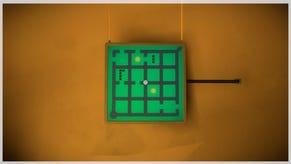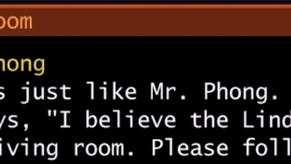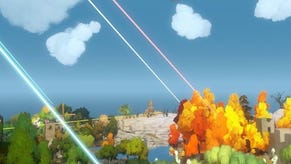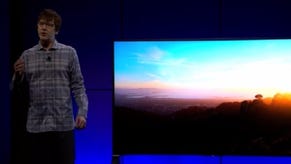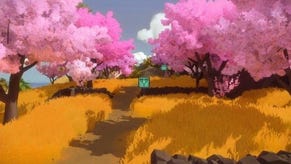The Witness
Puzzle quest.
At first, you might say that The Witness is set on an island. Then, it slowly starts to dawn on you that the game is the island: breezy, threatless and yet strangely mysterious. With its pebbles, trees, and little tufts of grass, it's both realistic and quietly abstract, in the manner of a Japanese garden. It's playful and sombre. It's intricate and wordless. It is, in short, the new game from Jonathan Blow, the creator of Braid.
Blow's island is dotted with hundreds of little computer screens, each one containing a single-panel maze puzzle. This is where most of the game's challenges initially seem to reside, isolated from the rest of the environment, well sign-posted and very approachable.
Each puzzle tasks you with finding a path through the maze to a certain point. Early puzzles see you tracing straight lines or, at most, taking a few 90 degree turns. They're simple, and they're meant to be: they slowly, wordlessly, teach you the rules of the game, and they do basic things like opening nearby locked doors, allowing you to explore more of the island - and, in turn, to try out more puzzles.
Things gradually become more complex, however, and as you move around the island you'll discover that each area has a suite of puzzles that build, one at a time, on certain principles. Over to the west, past a windmill and overlooking a little bay, I discover a collection of them based around white and black blocks: it's still a maze, but the object is to reach the exit by drawing a line that separates the black blocks from the white.
Then, on the next collection of puzzles, I have to separate the blocks while passing through a series of little black dots that are littered around the maze itself. Next, as I draw a line on the right hand of the screen, it's mirrored by a line on the left, and both lines have to make it to certain destinations. Then the lines are different colours, each with their own dots to pass through. Then, the second line is still there - but now it's invisible.
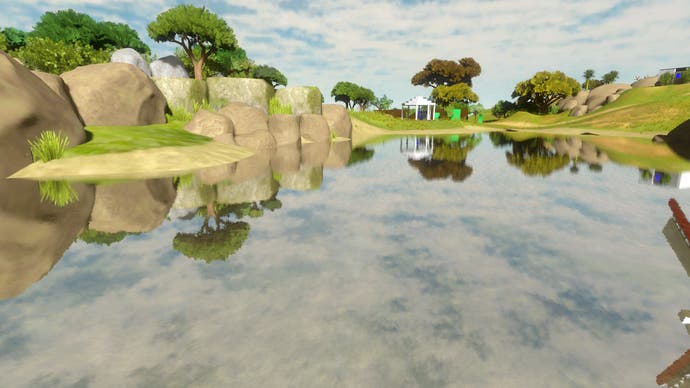
To activate a puzzle, you simply move up to it and press A, from which point you can then select a starting position - often from several available choices - and begin to draw with a thumbstick. The movement of your cursor is quick yet accurate, and there are clear rules everywhere: your line can never cross over itself, meaning that you can't back yourselves into corners, and if you get the wrong solution, the whole thing resets for you to start again.
Complications pile up quickly: after half an hour's playing, I've gone from solving puzzles by drawing straight lines, to cutting paths through mazes etched on glass, where the correct route is dictated by island objects I can see through the panel. It's clever stuff, and yet there's been no text to guide me: the game has taught me how to play, one idea at a time, and the lesson's been delivered through the mazes themselves.
Along the way, the line between the puzzles and the island has started to blur - and not just in cases like the glass mazes, where the solution to the maze lies in the wider landscape. There's something of the Legend of Zelda buried in The Witness's DNA, and you see it in the way the game guides your eye.



